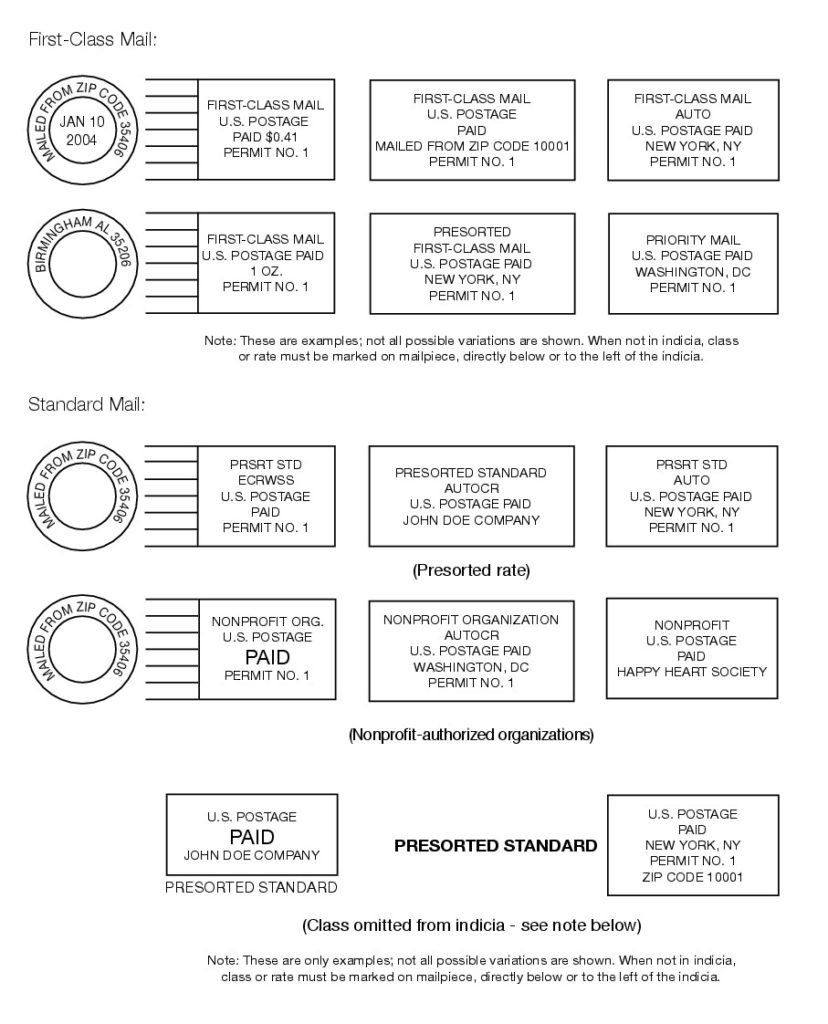The CAN-SPAM Act is a law that establishes rules for commercial email, gives recipients the right to stop receiving emails, and outlines penalties for violations. Businesses engaging in email marketing must comply to avoid significant legal and financial repercussions. This article explains CAN-SPAM, its penalties, enforcement, and how you can create compliant campaigns.
Penalties for Violating CAN-SPAM
Non-compliance with CAN-SPAM can result in severe penalties. Each email found in violation can incur fines of up to $50,120, and there is no cap on the total penalties for multiple violations. Beyond financial consequences, businesses risk reputational damage if found guilty of non-compliance.
Key points about penalties:
- Each separate email is subject to fines.
- Responsibility extends to both the company and individuals who initiate or assist in sending non-compliant emails.
- Deceptive practices, such as false header information, can lead to additional legal consequences.
Who Enforces CAN-SPAM?
The Federal Trade Commission (FTC) primarily enforces the CAN-SPAM Act, but state attorneys general and internet service providers (ISPs) may also take action. In some cases, private lawsuits may be filed under specific circumstances. Businesses operating across state or national lines are particularly at risk, as violations can be pursued in multiple jurisdictions.
CAN-SPAM Compliance Framework
To stay compliant, follow this straightforward framework:
- Don’t Use Misleading Information
- Your “From,” “To,” and reply-to addresses must accurately identify the sender.
- Subject lines must not be deceptive or misleading.
- Include a Physical Address
- All commercial emails must include a valid postal address for your business.
- Offer an Easy Opt-Out Mechanism
- Provide a clear and straightforward way for recipients to unsubscribe from your emails.
- Honor opt-out requests within 10 business days.
- Monitor Third-Party Marketers
- If you hire a marketing agency or service, you are still responsible for ensuring they comply with CAN-SPAM.
- Be Transparent About Content
- Clearly disclose the content of your emails, including promotions, pricing, or offers. Hidden terms or misleading offers are violations.
- Avoid Harvesting or Buying Email Lists
- Using lists acquired through shady methods, such as email harvesting, is strictly prohibited. Always send emails to recipients who have provided consent.
Best Practices for Staying Compliant
- Maintain Accurate Records
Keep detailed records of your email campaigns, including subscriber consent and opt-out requests. - Conduct Regular Audits
Periodically review your email practices to ensure compliance with CAN-SPAM and other applicable regulations, such as GDPR or CCPA. - Train Your Team
Ensure all staff involved in email marketing are educated about CAN-SPAM requirements.
The Bottom Line
The CAN-SPAM Act is a critical regulation for anyone involved in email marketing. By understanding the penalties, enforcement mechanisms, and compliance requirements, you can protect your business from costly fines and maintain a positive reputation.
Remember, compliance is not just about avoiding penalties—it’s about respecting your audience and fostering trust through ethical marketing practices.
Disclaimer: ROI Wire is not a law firm. This content is for informational purposes only and should not be considered legal advice.










